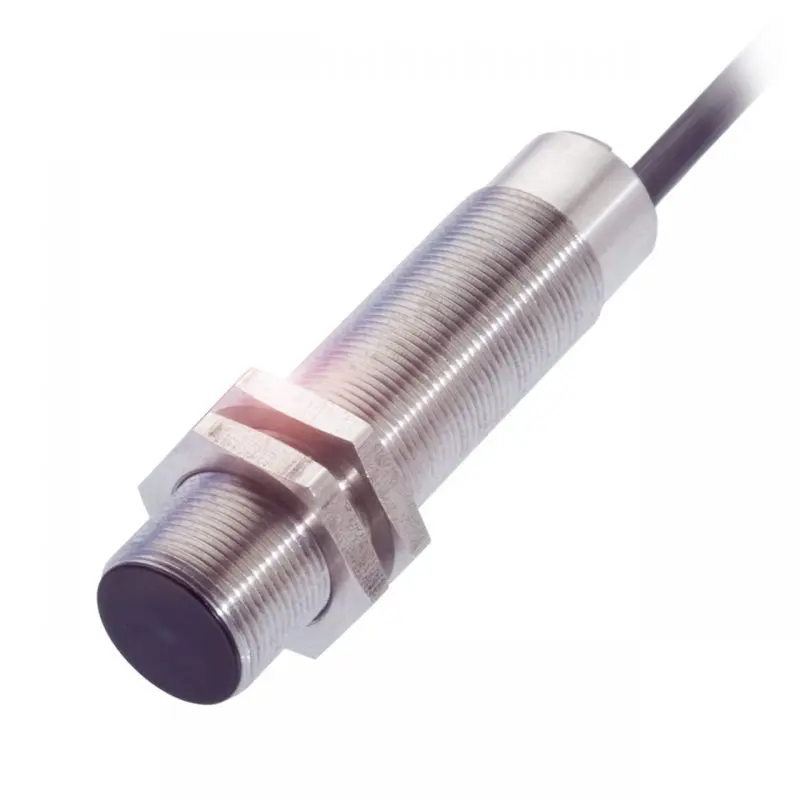
Capacitive Sensors
Capacitive sensors are highly versatile devices used in industrial automation for detecting objects without physical contact. Unlike inductive sensors, which are limited to detecting metallic objects, capacitive sensors can detect both metallic and non-metallic materials such as plastics, liquids, and granular substances. This broad detection capability makes them ideal for a wide range of applications, including material handling, packaging, and level detection in tanks or silos.
Capacitive sensors work by measuring changes in capacitance between the sensor and the target object. When an object enters the sensor’s electric field, the capacitance changes, triggering the sensor to detect the presence of the object. This allows for highly sensitive detection, even through non-metallic barriers like glass, plastic, or packaging materials, which is particularly useful in detecting liquid levels in sealed containers or monitoring the presence of non-metallic products on production lines.
One of the major benefits of capacitive sensors is their ability to function in environments where other sensors may fail. They are unaffected by dirt, dust, or moisture, making them ideal for use in industries such as food and beverage, pharmaceuticals, and agriculture. Additionally, they can detect a wide range of materials, making them flexible for various industrial processes.
Capacitive sensors are commonly used for level sensing in storage tanks, quality control on production lines, and detecting the presence of materials in packaging processes. They offer a non-invasive solution for monitoring without direct contact, which is critical for applications where hygiene and material integrity are essential.
In conclusion, capacitive sensors are invaluable in industrial automation due to their versatility, reliability, and ability to detect a wide range of materials, contributing to more efficient, accurate, and flexible automated systems.
